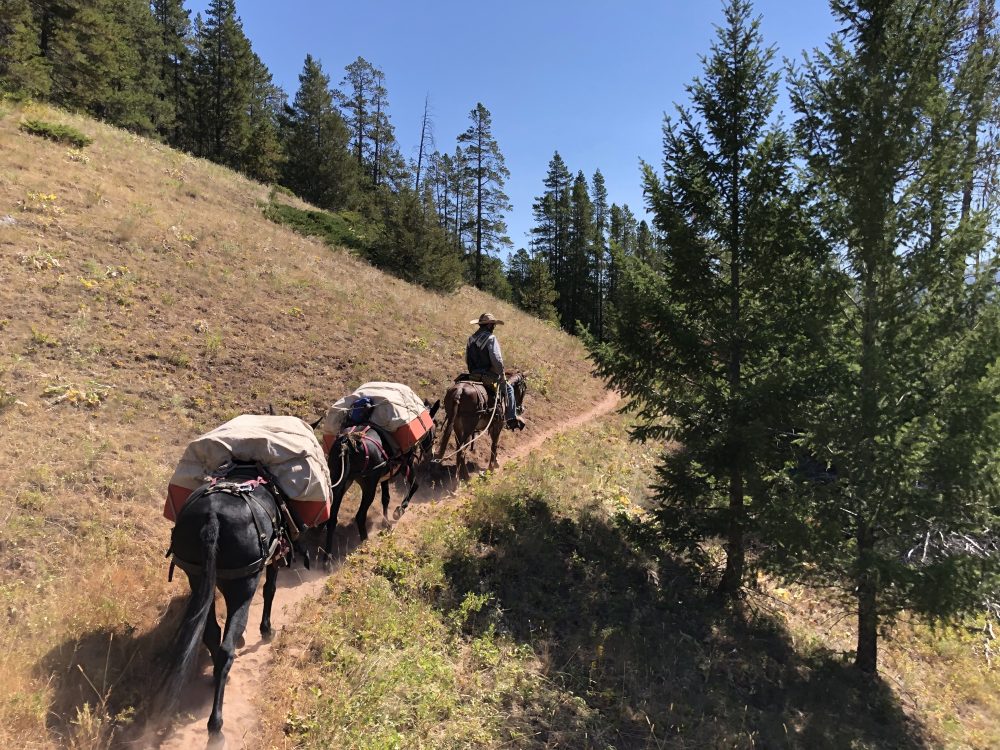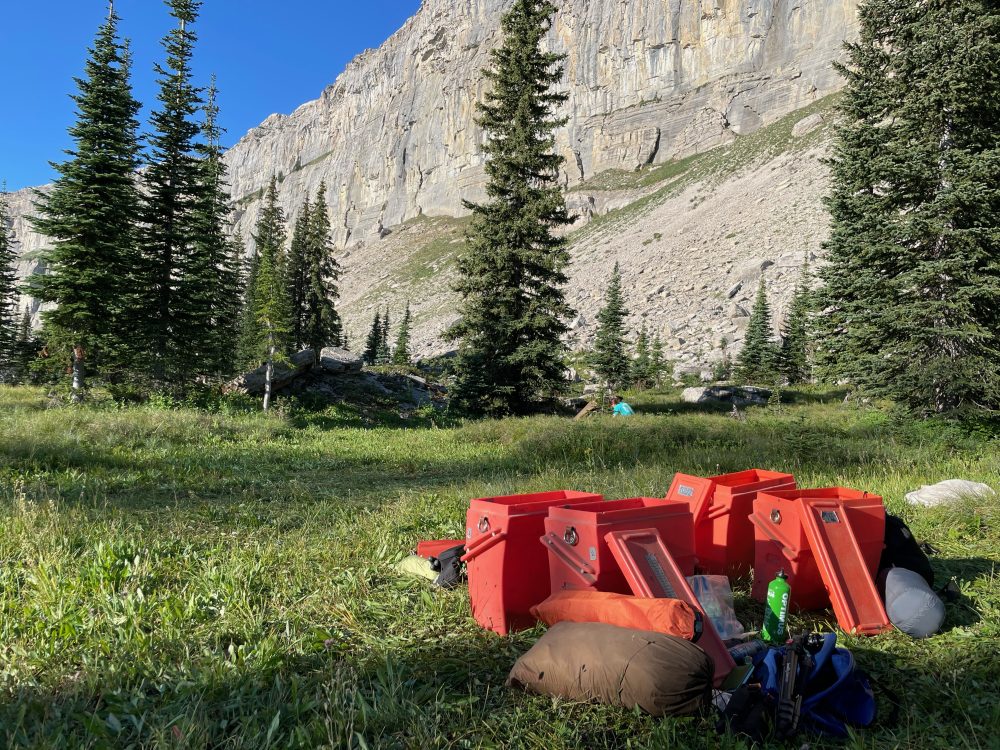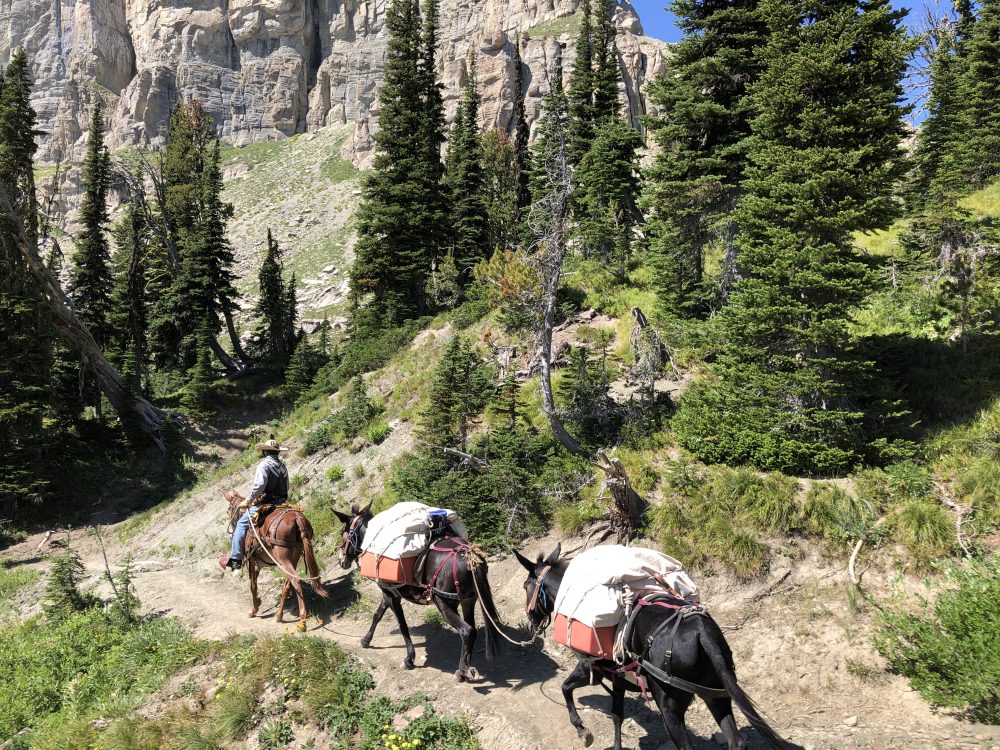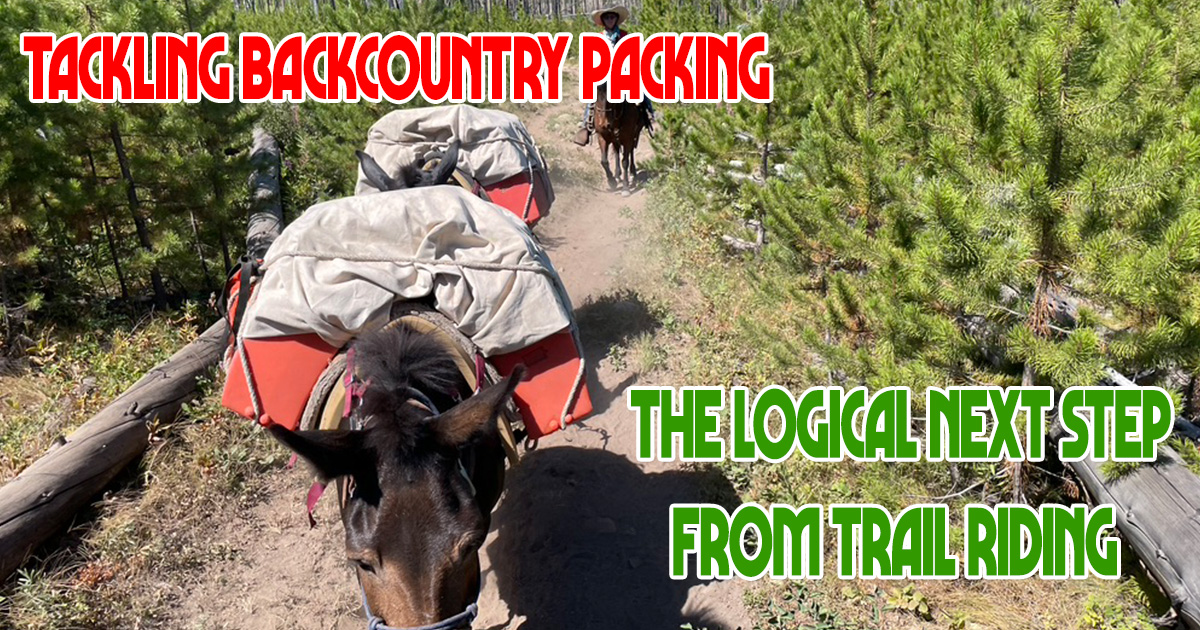Want to escape civilization but find the idea of venturing into the wilderness with a pack mule overwhelmingly complex? Tales of horses, hitches, and rocky trails making a diamond hitch seem anything but your best friend? Are stories of spectacular wrecks adding to the impression that packing is an art best left to those born into it? Don’t believe any of that. The basics of packing are straightforward skills anyone can learn and apply to venture into the backcountry. Achieving mastery, while impressive, isn’t necessary for safe and enjoyable journeys into the high country.
“The skills needed to attempt perfection come through time and practice; they come with mistakes and low-quality work. One should embrace the mediocrity inherent to learning.” I like this unattributed quote from the interwebs. This perspective reminds us that perfection in packing, like any skill, is a journey filled with learning experiences. Go forth and make mistakes.
Of course, it’s advisable to reduce mistakes whenever possible, and to that end, I offer the following:
Balance is King when Packing

A common cause of train wrecks when packing is the shifting of an unbalanced load. Experienced packers can load a kayak on one side of a mule and bags of concrete on the other with barely a concern. While undoubtedly impressive, I recommend something different to any beginning packer. I’ve been packing for years and wouldn’t consider attempting such a thing. Instead, remember the mantra of “equal weight, equal size, and equal weight distribution.” Pack each pannier or manty to distribute weight equally. The weight on each side should be within ounces of each other. Before leaving the barn, I write the weight on each piece of cargo to help me balance the loads. Having weights on each piece of gear will be a huge help when packing up to head home from camp.
Saddle Type Doesn’t Matter
It may be profane to say it, but it’s true. Whether you’re using a crossbuck or any of the many flavors of Decker pack saddles, the type of saddle is far less important than ensuring it fits your animal. We hear incessantly about proper saddle fit for our riding stock but much less for our pack animals. That’s a shame. Our pack animals have a much harder job than we give them credit for. Riders can adjust themselves as they make their way down the trail. A load of camp equipment cannot. Make sure you give your critters a fair deal by providing them with a saddle that fits. If you can’t find a pack saddle that fits, use a well-fitting riding saddle and pannier bags made to fit a riding saddle. Riding saddle panniers are inexpensive, easy to use, and an excellent way to dip your toes into the world of packing.
The Pannier is Your Friend

From motorcycles to mules, panniers are bags or boxes carried in pairs and designed to carry camp gear. Derived from the French “pannier” or “breadbasket,” these soft—or hard-sided cargo containers are easy to carry. Panniers can be used with any pack saddle and come in soft canvas or rigid bear-resistant flavors. The sturdy bear-resistant containers are dual-use, as they make a handy improvised camp table.
For any load, but panniers specifically, remember these three things:
Balance: The two panniers must be virtually identical in weight, within ounces.
Secure the Load: Keep the loads from moving. Otherwise, a spook could turn into a buck, and the movement of the panniers will likely accelerate the animal’s panic.
Pack Smart: Pack noisy items between soft ones to reduce rattles that might bother your animal.
Common Sense when Packing

Most of the time, packing a load requires common sense more than anything else. Think carefully about what you are doing and watch your loads. If you’re having problems, stop and address them right away. Unload and repack if need be. A wreck only takes a second to happen. The worst thing any aspiring packer can say is, “We’re nearly there; it’ll be okay.”
I hope this has expanded your options for escaping civilization. There’s nothing better than venturing into the high country with a pack animal in tow. The skills to learn are well within the grasp of anyone who wants to experience the sights, scents, and sounds of the wilderness. For more information on trail riding and camping with horses and mules and the world’s largest guide to horse trails and camps, visit us at www.TrailMeister.com.


